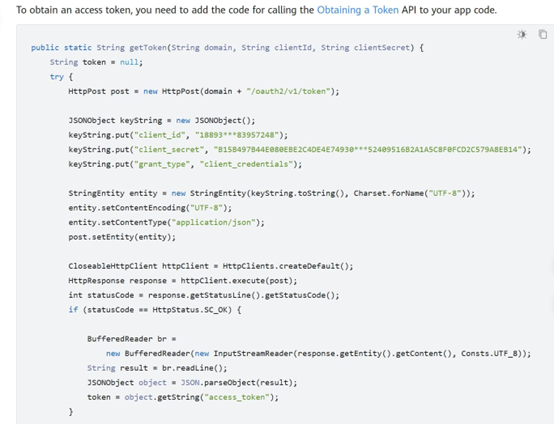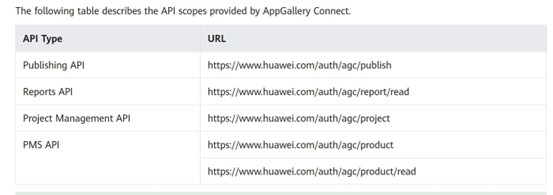The whole world has moved from the
industrial age to the era of scientific and technological information, and many
industries in this era are entering the era of scientific and technological
informatization, especially the information technology industry, which requires
continuous innovation and continuous development to adapt to the changes of
this era and meet people's needs. The development of software technology is
coordinated with hardware and networks. For example, the spread of smartphones
and 5G networks has promoted the development of mobile application software
technology. APIs, or Application Programming Interfaces. The use of APIs
accelerates application development by enabling developers to build
applications quickly and efficiently. In the historical evolution of API
development, we can see the changes in technology and market conditions, and
the process of APIs playing an important role in driving application and
service innovation, industry ecology, and business model.

API
Development Process
Begin
In
the seventies and eighties of the last century, in the early days of computer
science, different applications had little other way than to exchange data
through shared memory. However, when networks began to evolve, this approach
could not meet the demand for network connectivity. The original API was also
intended to allow developers to integrate their software with other
applications using APIs. Since then, some vendors have started offering
cross-platform APIs, but these APIs are often targeted at limited hardware and
software environments, and cross-platform API access remains cumbersome due to
inherent differences in hardware and operating systems.
Past
By
the end of the last century and the beginning of the century, with the rise of
the World Wide Web, APIs began to change significantly. The original Web APIs
quickly became popular, and these APIs often used SOAP for communication. The
complexity of SOAP makes it difficult to use in practice, and it requires more
processing time and network resources, so the more efficient and lightweight
RESTful (Representational State Transfer) API design concept naturally became
mainstream. Because the protocol is simple, easy to understand and use, able to
withstand higher loads, more responsive, and less susceptible to network
failures, it quickly became the primary means of API interaction.
Now
In
the context of cloud computing and mobile device adoption for more than a
decade. Enterprises are beginning to realize the importance of integrating
their business systems and data through APIs. During this period, the
e-commerce API is a typical example of a connecting api
that can ensure the real-time accuracy of product information and inventory
status, thereby avoiding out-of-stock and slow-selling and optimizing inventory
management; Real-time tracking and monitoring can be achieved to better improve
customer satisfaction, optimize logistics costs and distribution efficiency;
Develop more effective marketing strategies that merchants can use e-commerce
APIs to capture user behavior data and use this data to push personalized
recommendations and offers to target customers.

Future
According
to the current API, it has entered the information industry in the e-commerce
field in many aspects. At the same time, with the popularization of IoT applications,
interoperability, and collaboration between applications may be greatly
improved, and APIs will become one of the core technologies necessary to
achieve application integration and service expansion.
Conclusion
In
general, after nearly half a century of development, APIs have gone from narrow
information processing technology to now connected with major enterprises and
connected to multiple fields, reflecting the development of technology. In the
future, we can foresee that API technology will continue to evolve and update,
covering a wider range of scenarios and application areas, accelerating the
efficiency of application development and service delivery, and driving the
continuous development of the digital era.
